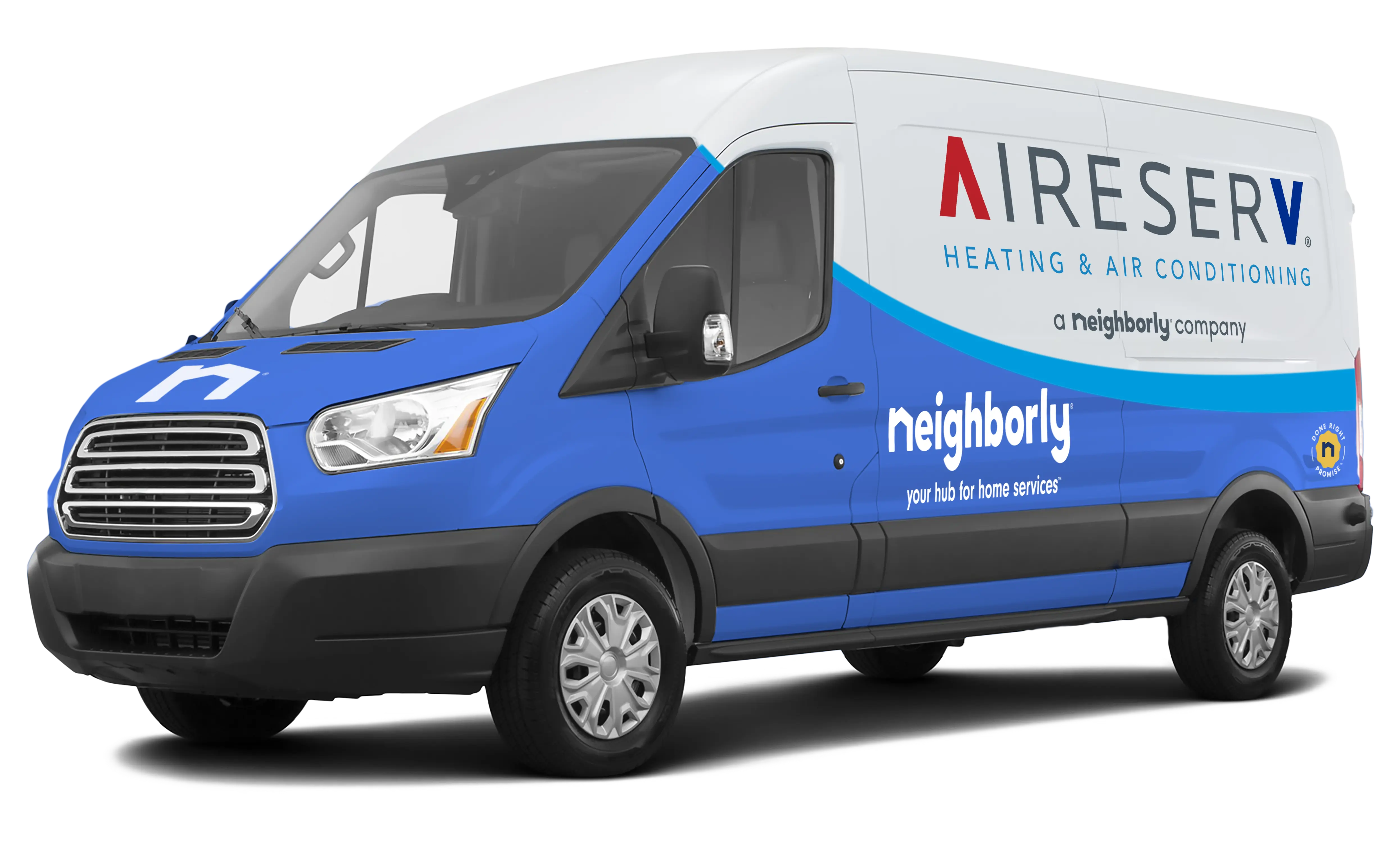Keeping your home cool during the hot, humid months in Northeast Ohio doesn’t have to come with sky-high energy bills. With a few smart strategies, you can maintain comfortable indoor temperatures, improve AC efficiency, and reduce your monthly energy costs.
Here are seven practical ways to lower cooling expenses while keeping your home comfortable all summer.
1. Optimize Thermostat Settings
How you use your thermostat has a direct impact on your energy bills:
- Set the thermostat a few degrees higher when you’re away from home.
- Use a programmable or smart thermostat to adjust temperatures automatically.
- Avoid drastic temperature changes; the system works harder to catch up.
Even small adjustments can significantly reduce energy use while maintaining comfort.
2. Close Blinds and Curtains on Sun-Facing Windows
Direct sunlight heats indoor spaces quickly:
- Close blinds or curtains on Gulf- or west-facing windows during peak sun hours.
- Consider reflective or insulated window coverings to reduce heat gain.
- Use lighter colors to reflect rather than absorb heat.
Reducing sunlight exposure decreases the workload on your AC and helps maintain a consistent temperature.
3. Use Ceiling Fans Effectively
Ceiling fans improve comfort without significantly increasing energy use:
- Set fans to rotate counterclockwise in summer to create a cooling breeze.
- Turn fans off when rooms are unoccupied, as fans cool people, not the air.
- Use fans in combination with AC to raise thermostat settings slightly while maintaining comfort.
Fans allow you to rely less on AC, reducing energy consumption.
4. Maintain Your AC System
A well-maintained system runs more efficiently:
- Replace air filters every 30–60 days.
- Schedule regular professional maintenance to clean coils, check refrigerant levels, and inspect components.
- Inspect ductwork for leaks or poor insulation, which reduce efficiency.
Proper maintenance reduces energy waste, prevents costly breakdowns, and extends the system’s lifespan.
5. Seal Leaks and Insulate Properly
Air leaks allow cool air to escape and hot air to enter:
- Seal gaps around windows, doors, and ductwork.
- Add insulation where needed, especially in attics and basements.
- Check weatherstripping on doors to prevent drafts.
Tighter, well-insulated homes retain cool air, making your AC’s job easier.
6. Limit Heat-Generating Appliances During Peak Hours
Indoor heat adds to the AC workload:
- Avoid using ovens, stoves, or dryers during the hottest parts of the day.
- Use microwaves or slow cookers instead of ovens when possible.
- Turn off unnecessary electronics and lights that produce heat.
Managing internal heat reduces the effort required by your AC, lowering energy consumption.
7. Consider Zoning and Upgrades
For larger homes, zoning or targeted upgrades can improve efficiency:
- Install zoned HVAC systems to cool occupied rooms only.
- Upgrade to energy-efficient components like variable-speed fans or smart thermostats.
- Evaluate your system’s age and performance; older units may consume more energy.
Investing in upgrades or zoning can reduce long-term costs while maintaining comfort.
Final Thoughts
Summer cooling in Northeast Ohio doesn’t have to mean excessive energy bills. By optimizing thermostat settings, controlling sunlight, using ceiling fans, maintaining your AC, sealing leaks, limiting heat sources, and considering smart upgrades, homeowners can enjoy cool comfort without the sticker shock.
Implementing these strategies improves efficiency, reduces stress on your HVAC system, and keeps your home comfortable even during the hottest, most humid days. Taking a proactive approach to energy management not only saves money but also ensures your AC lasts longer, providing reliable cooling for years to come.

